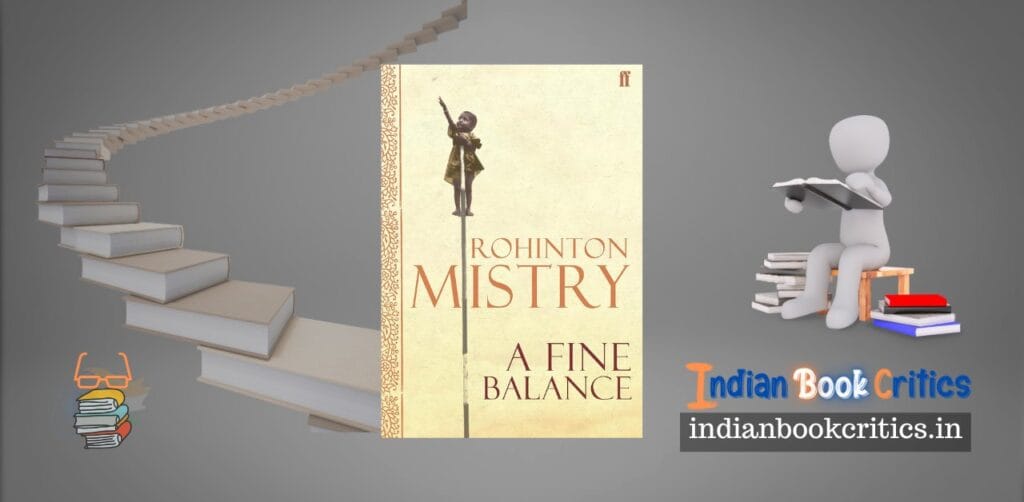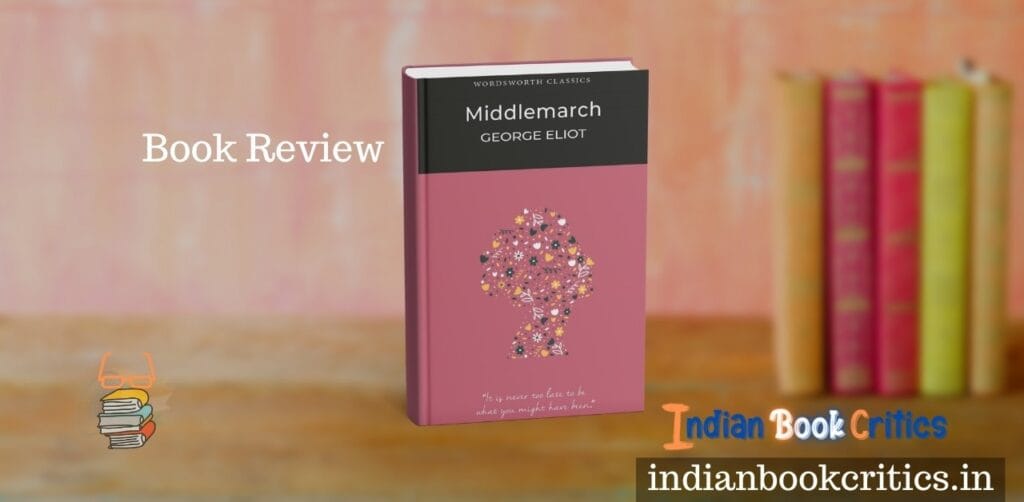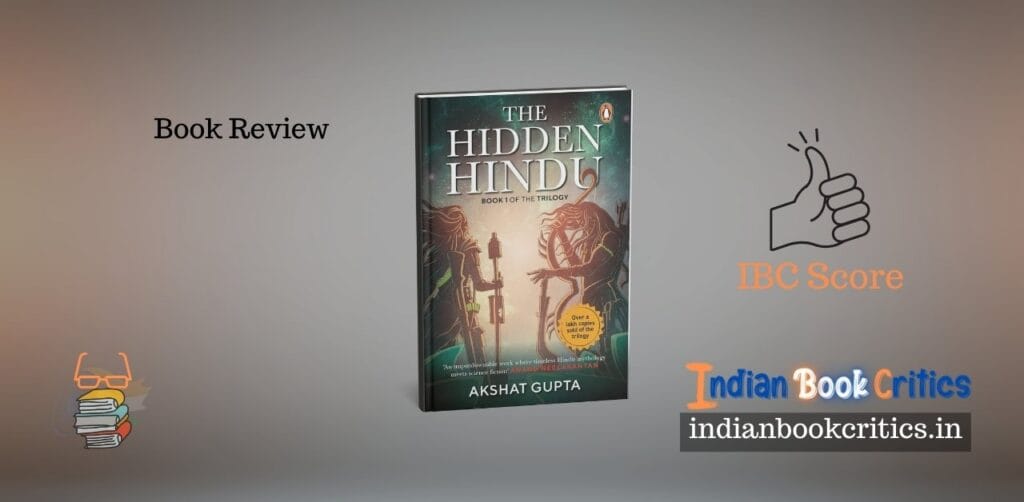I am not that guy who would read Dickens or any other Victorian novelist and pretend to be fascinated by every line. There were certain limitations. And admitting it might not be a crime! Let me encourage readers to do something easy. Yes, it’s important to be honest about our reading preferences and acknowledge that not every literary work will resonate with us. While Dickens and other Victorian novelists are celebrated for their contributions to literature, the intricate language and historical context might pose certain limitations for modern readers like myself. It’s a recognition that literature, like any form of art, is subjective. Admitting our preferences isn’t a crime; it’s an act of literary honesty. It allows us to explore and enjoy the vast world of books, embracing the genres and styles that captivate our imaginations and stir our emotions. After all, the beauty of reading lies in the personal connection we form with the words on the page, and there’s no need to feign enthusiasm for works that don’t genuinely speak to our hearts and minds. So, we continue our literary journey, savouring the books that resonate with us and appreciating the diversity of voices and stories that the world of literature offers.
Aw! It might have sounded like a monotonous monologue. However, it was essential to put forth my defence before I offended (someone). Isn’t it prudent, readers? Great Expectations by Charles Dickens is one of the most celebrated novels ever written in English. Have no doubts about it! Recommended by critics and readers, prescribed in school and university syllabi, and appreciated by millions, the novel does have many things to admire. However, there are things that many readers of this era might not like. Though an admirer of Dickens’ linguistic legacy, I am afraid Great Expectations might not stand up to readers’ expectations today. And to be fair to Dickens, it is largely because many situations from the past have changed. Who can deny nature and evolution their path? In this review, I will try to bring what is striking and what might have gone stale about Dickens’ acclaimed novel. Let us begin with it, then.
What the novel is about? Great Expectations in a paragraph:
Critics and readers together believe that the novel is indeed a coming-of-age story. Great Expectations explores themes of social class, identity, ambition, love, and personal growth. It follows the central character Pip’s emotional and moral development from childhood to adulthood, and it is filled with memorable characters and intricate plot twists, making it one of Dickens’ most enduring and beloved works. As you read the work, you will notice that Pip’s life takes an unexpected turn when he is brought to the grand, but eerie, Satis House to play with the eccentric Miss Havisham’s adopted daughter, Estella. Miss Havisham, who was jilted at the altar and still wears her wedding dress, raises Estella to break men’s hearts as revenge for her heartbreak. Pip falls in love with Estella, and Miss Havisham’s influence sets him on a quest to become a “gentleman” in the hopes of winning her heart. Pip’s fortunes change when he comes into an unexpected inheritance, leading him to London to fulfil his “great expectations.” However, the source of his newfound wealth remains a mystery. As Pip navigates the challenges of high society, he loses touch with his humble roots and the kind people who cared for him. Along the way, he faces moral and personal dilemmas, and he must come to terms with the true nature of his benefactor and his values.
Love Victorian Novels? Here is something you will like: Must Read Victorian Novels
Major Qualities of the Novel Great Expectations:
1. Complex Characters: One of the most significant qualities of “Great Expectations” is the rich and multi-dimensional characters that Dickens created. The protagonist, Pip, undergoes significant growth and development throughout the novel, and other characters like Miss Havisham, Estella, and Magwitch are equally intricate. They are flawed, human, and relatable, which adds depth to the story.
2. Social Commentary: Dickens was a master at using his novels to comment on the social issues of his time, and “Great Expectations” is no exception. The novel highlights themes of class, wealth, and social mobility. It sheds light on the disparities and injustices of the Victorian era, particularly the plight of the working class. His habit of parading for social causes may have won him the tag of a propagandist. Moreover, people also study Charles Dickens as a social reformer, and critics argue whether his novels may have been a contribution to the social impetus behind many changes (for the good).
3. Narrative Style: The first-person narrative perspective, with Pip as the storyteller, draws readers into the story and his personal experiences. This narrative style allows readers to intimately connect with Pip’s thoughts and emotions as he navigates the challenges and expectations of his life. Knowing things as they happened and from someone who lived those moments may get readers a little more personalised experience.
4. Plot and Mystery: The novel is driven by an engaging plot filled with unexpected twists and turns. The mystery surrounding Pip’s benefactor and the revelation of the character’s true identity keeps readers intrigued and invested in the story.
5. Symbolism and Imagery: Dickens employs powerful symbolism and vivid imagery to enhance the storytelling. Elements like the decaying Satis House, the wedding dress, and the haunting presence of clocks and time all add layers of meaning to the narrative.
6. Humor and Satire: While “Great Expectations” explores serious themes, it is also sprinkled with Dickens’ trademark humour and satire. Characters like Mr. Wopsle and Pumblechook provide comic relief, and Dickens satirizes the eccentricities of the upper class through characters like Miss Havisham.
7. Universal Themes: The novel delves into timeless themes such as ambition, identity, love, and the consequences of one’s choices. These themes make the story relatable to readers across different generations.
8. Memorable Opening: The novel opens with one of the most famous lines in English literature, “My father’s family name being Pirrip, and my Christian name Philip, my infant tongue could make of both names nothing longer or more explicit than Pip.” This captivating introduction immediately hooks the reader’s interest.
9. Emotional Impact: “Great Expectations” is an emotionally charged novel that explores themes of unrequited love, regret, and redemption. It elicits a wide range of emotions from readers and leaves a lasting impact.
10. Timeless Relevance: Despite being set in the 19th century, the novel’s themes and characters remain relevant today. It continues to be studied and enjoyed for its universal messages and its portrayal of the human condition.
We can certainly say that these qualities collectively contribute to the enduring greatness of “Great Expectations” as a novel, making it a compelling and thought-provoking work of literature that continues to be celebrated and analysed by readers and scholars alike. However, despite so many qualities, some things might alienate contemporary readers.
Limitations of Great Expectations by Dickens:
While “Great Expectations” by Charles Dickens is undeniably a literary classic that has stood the test of time for over a century, it is not without its limitations. After getting out of the academic boundaries, I have had the chance to relook at literature without any fear of failure. It was a pure intellectual investigation and that’s why I am beyond the compulsion of seeing only shredded dust of gold in Dickens! Before me, many have done the same. Dickens’ Great Expectations does have many things that do not get along with contemporary readers’ interests. As with any work of literature, even one as esteemed as this, readers and critics have identified certain aspects of the novel that may be considered as shortcomings or areas where it falls short of perfection. These limitations do not diminish the novel’s enduring impact but rather provide an opportunity to examine it critically and appreciate its complexities in a more nuanced light. Just to put it as simply as I can. Now, let us examine some of the issues with the novel.
1. Exaggerated Characters: One limitation of “Great Expectations” is its tendency toward melodramatic and exaggerated characterisations. And it is not limited to this novel by Dickens, he was in a habit of trying melodrama! Characters like Miss Havisham and Pumblechook can be seen as caricatures rather than fully fleshed-out individuals, which can strain the reader’s suspension of disbelief.
2. Overly Coincidental Plot: The novel relies on a series of improbable coincidences to drive the plot forward. And that, to be frank, plugs out the opportunities that could let readers think about an incident and might associate with the same in the ‘real world’. For instance, the chance meeting of Pip and Abel Magwitch in the marshes and the revelation of Pip’s benefactor’s identity are reliant on fortuitous occurrences that stretch the bounds of plausibility.
3. Simplistic Portrayal of Class: While Dickens is celebrated for his critique of the class system, “Great Expectations” has been criticised for its relatively simplistic portrayal of social mobility. Pip’s transition from working-class to “gentleman” is somewhat idealised and does not fully address the complexities of class dynamics. And it is not only the problem of Dickens in many of his works but every novelist from the past, in any age and from any country, may have had this shortcoming – a very narrow sense of the complex issues that may never be dealt in binaries!
4. Lengthy Descriptive Passages: Dickens is known for his extensive descriptions, and in “Great Expectations,” these passages can at times slow down the narrative. Some readers may find the detailed descriptions of settings and characters to be overly verbose. As I suggested above, on different occasions, what used to ring like sweet music in the ears of Victorian readers may well be a tormenting tirade for contemporary readers. Every age has its demands and preferences. Today, people don’t generally have the leisure and luxury to enjoy a story told in a 100 KM journey when it can be narrated in a 10 KM shortcut!
Conclusion:
In acknowledging the limitations of “Great Expectations,” it’s important to remember that these criticisms do not detract from the novel’s enduring significance and impact on literature. Dickens’ ability to craft complex characters, explore social themes, and create memorable scenes is evident throughout the novel. These limitations, in fact, add to the rich tapestry of the work, reminding readers that even the most celebrated classics are not immune to critique. The enduring popularity of “Great Expectations” lies in its ability to provoke thought and discussion, demonstrating that even with its imperfections, it remains a remarkable and thought-provoking piece of literature.
Final Verdict:
A legendary novel with many memories that it may have given to millions of readers worldwide, Great Expectations can never be ignored. One has to read it to learn more about it, realise it and make his own opinion. So, I am not suggesting to skip this novel. You must read it. However, if you find you cannot associate with the novel or the book just doesn’t come to you naturally, just drop it and move on. There must not be any compulsion while reading literature other than the academic ones. So, enjoy! You can get a copy from Amazon India by clicking the link below:
Buy the novel now – click here.
Review by Ashish for Indian Book Critics
Great Expectations by Charles Dickens – Book Review
- My Rating
Summary
A novel that you have to read (and judge for yourself) because it certainly is not a candidate worth ignoring!





2 Comments. Leave new
Very aptly reviewed with contemporary ethos for fiction… yes, the work is indeed classic. However, the classic cult status doesn’t shun the doors of critical analysis or analytical criticism. Well-done Indian Book Critics guys!
Detailed and helpful. Liked it.